Energy Management Systems: Why They Will Revolutionize Business

We live in times when cutting down on energy costs and moving to renewable sources is essential, especially considering how quickly those costs are growing. Between December 2020 and December 2021, the import price for energy in Europe more than doubled, while market prices for electricity, gas, and other fuels increased by 25%.
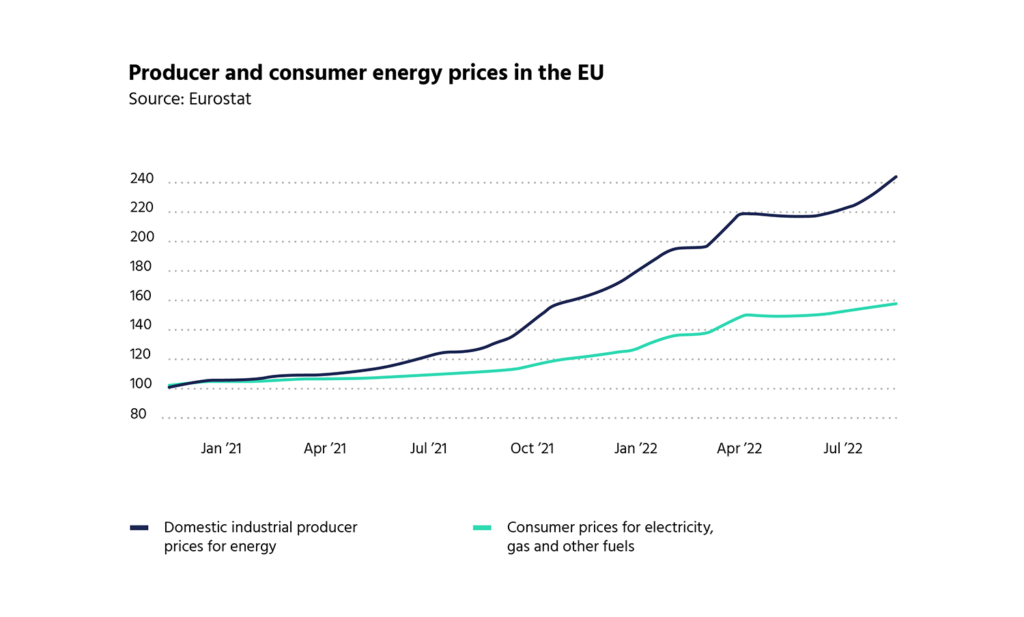
In addition to the growing monthly bills, businesses nowadays are worried about their greenhouse emissions as well – and high energy usage is a major culprit here. The need to reduce monthly bills and carbon footprints has led companies in all industries to seek ways to optimize energy usage without disrupting work.
An energy management system (EMS) could be a comprehensive energy solution to those problems. The main job of an EMS is to enable business owners to track, monitor, and manage their building’s energy usage from one dashboard, helping them find places to cut down.
What other benefits of implementing an EMS might businesses find useful? Let’s find out.
What is energy management?
With a growing focus on reducing carbon footprints and gas emissions, which are directly connected to energy use, making sure your office uses as little as possible is the right thing to do for the environment. However, you could also save a significant amount of money on operational costs just by better managing the energy you use.
One study found that the average office uses double the amount of energy needed for normal operation, meaning they might be paying twice the necessary costs. However, through management of energy resources, organizations can lower their monthly usage just by improving their buildings’ energy efficiency measures.
Energy management involves monitoring the amount of energy a building consumes and, based on the data, finding ways to reduce consumption through operational optimization.
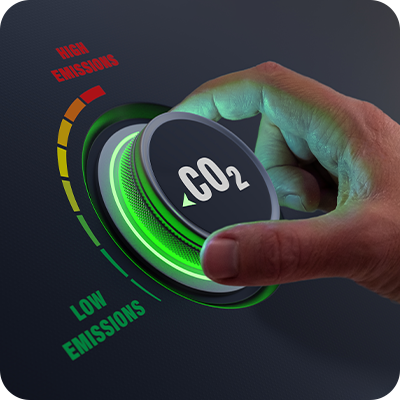
This process typically consists of four steps:
- Collecting the data on energy consumption in various parts of the building.
- Identifying areas where you spend the highest amounts of energy and then thinking about how you could lower the energy usage in those places.
- Taking action to reduce energy consumption based on the data you have gathered.
- Monitoring the analytical data to see how well your energy-saving efforts have worked and to spot any new energy leaks.
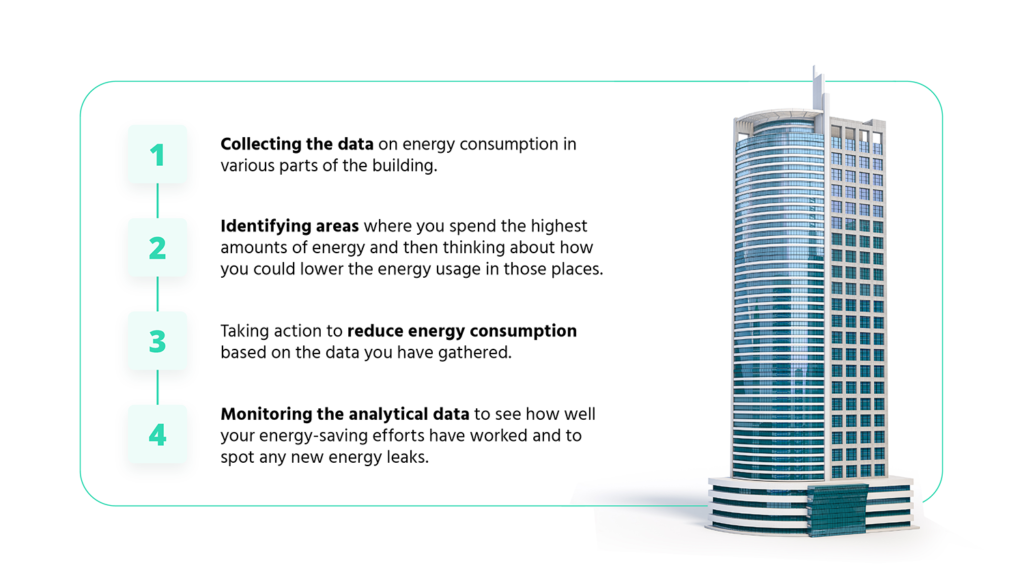
To put those steps into an example, the data you gather might show you that a large amount of energy is used to keep an office cool in the summer and warm in winter. In that case, it is likely that your office building’s insulation is inadequate and needs upgrading.
And while insulation costs may seem staggering at first, they will quickly pay themselves off by improving the overall energy performance of the building. What’s more, upgrading the insulation could boost employees’ happiness as well, since they won’t have as much trouble keeping the room at a stable temperature.
What is an energy management system?
That said though, preparing, gathering, and analyzing usage data from an office manually can be a pretty daunting process. Especially so if you have to “translate” the findings into energy prices, compare them with your current bills, and then calculate the potential savings.
That’s something that you probably do not have enough time for. Luckily, there are already dedicated solutions that can handle all of those manual tasks for you – installation of energy management systems.
An energy management system is an automated platform that collects and analyzes the data on how much energy your building uses 24/7, monitors pieces of equipment for any sudden consumption spikes, and gives suggestions on what you could do to lower the energy consumption in the building.
A typical EMS consists of devices, sensors, and meters for energy measurement and monitoring consumption. The devices then transmit data over a wireless network to a central server where an advanced application helps users to analyze the information and take action accordingly. Through the application, users can:
- define their energy needs and goals;
- set energy management objectives;
- use managing and monitoring functions for almost all energy-consuming devices in the office (e.g. heating, AC, lighting) through in-built sensors;
- automatically create reports on energy usage and predictions for the future;
- gather data about the results of energy-saving actions;
- alert the building managers about any suspicious usage changes.
The main objective of an EMS is to reduce energy consumption in the building and through this, lower the bills and protect the environment.
Why do businesses need energy management systems?
It is estimated that over 100,000 homes could be powered by the energy wasted by just a few thousand office buildings in five UK cities. Every year, this costs businesses £60 million in unnecessary bills. And the wasted energy generated by the city of London alone equates to the carbon emissions of 46,000 cars.
What might surprise you, though, is that the operating costs can come from seemingly insignificant things. Take lights, for example. How often do the staff forget to turn them off as they leave the office? Probably quite often.
But if you had an EMS, you could schedule it to automatically turn off any unused devices at times when the building is empty (i.e. evening, weekends, holidays). Thanks to motion sensors, an EMS can also turn lighting and HVAC off as soon as it notices that a room is empty, significantly reducing the amount of wasted energy.
An EMS platform can also be of great help when it comes to gathering data about your building’s energy usage. The solution will connect to and gather data from electricity, gas, and water systems into a single dashboard.
That way, you’ll have all the information related to how much energy your company uses visible at a glance. Plus, you can add the most important metrics for you to the dashboard as well.
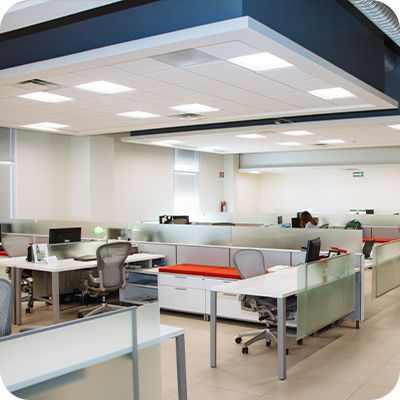
What are the main benefits of using an energy management system?
These days, growing energy costs are probably the biggest worry of organizations all over the world. Oil and gas prices keep on rising, hence so do energy and utility bills. That causes companies from all sorts of industries to become more conscious about how much energy they use and to start actively looking for ways to lower consumption levels.
With the help of an EMS platform though, reducing the amount of energy that is both used and wasted becomes much easier. Plus, energy management systems come with a few more benefits:
1. Easy data gathering
Data related to energy usage can come from multiple places and in several formats – one for office devices and another for utility bills. Putting them together and comparing them manually would take far too much work and time. What about having all of them in one place and in the same format?
An EMS can collect data from all connected systems and display them side by side for easy comparison. And as the system is cloud-based, you can access the data and modify the settings from anywhere, anytime.
2. Lower operational costs
Saving money on energy costs is definitely the biggest benefit of a complete energy management system. According to Innospace, an EMS can save up to 29% on a building’s energy consumption costs without any drastic performance cuts. Those savings come from a few places.
One is that an EMS will continuously track energy usage and update the data in real-time so that you can see your office’s performance at any time. Based on the data, you can predict how much energy will be used during the month and how much you will pay.
The system will also immediately alert you if there’s an issue (such as an unusual spike in consumption) to help you fix the problem before it causes more damage. You will also save a lot of money by being able to control the lights, heating, air conditioning, and all other devices connected to the EMS.
For example, you could schedule the heating and air conditioning to turn off automatically once your staff leaves for the weekend and turn it on again once they enter the building on Monday morning.
3. Smaller carbon footprint
Less wasted energy doesn’t only mean savings on energy and utility bills, it can also visibly decrease your carbon footprint – the amount of greenhouse gasses your business generates. Energy use is a significant contributor, so reducing consumption and preventing wastage can shrink companies’ carbon footprints and lessen their impact on the environment.
Implementing an EMS can also help companies comply with government regulations related to energy usage and greenhouse emissions (like ISO 50001). An EMS can identify energy guzzlers in the building, shut down unneeded equipment, and suggest measures to resolve those issues. This makes it easier for companies to use resources in a more energy efficient manner and protect the environment.
4. High return on investment
It might seem costly at first to implement an EMS, but the financial savings will be seen almost immediately. Thanks to much smarter energy usage, your monthly bills can reduce significantly. Continuously monitoring all equipment and immediately knowing if something is performing worse than usual, means that issues can be quickly fixed, saving money that would otherwise be spent on forced downtime and costly repairs instead of lower maintenance costs.
Controlling your building’s consumption at all times will also make your business more resilient to fluctuations in energy prices or sudden blackouts. In addition, you will be able to make better, data-driven decisions based on regular analytic reports about office performance.
5. Improved brand image
The last benefit of implementing an EMS into your business is that it can boost your brand reputation among investors and customers alike. Increasingly more consumers are becoming environmentally conscious, so they are more likely to support “green” companies.
According to Forbes, 92% of Gen Z and 90% of Millennial consumers are more likely to trust a brand that works towards solving social or environmental issues. Showing how you are working towards reducing energy usage could therefore be what convinces them to support you rather than your competitors.
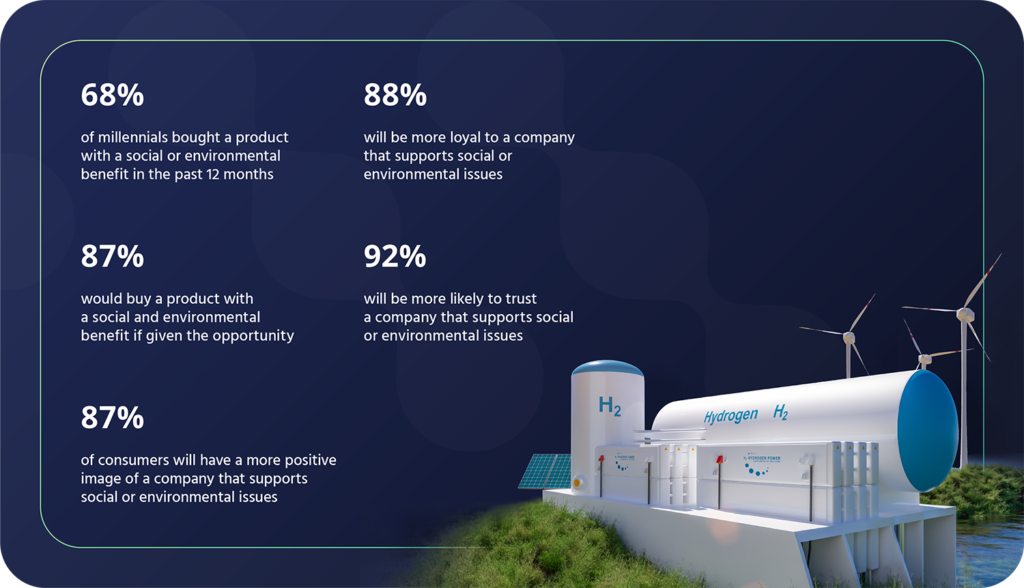
How can Codibly help you with designing and implementing an EMS platform?
In order to use an EMS platform to its full potential, company and property owners should implement systems that are tailored to their unique building needs and business goals.
Here’s where developers with experience designing and tailoring complex systems are able to help. At Codibly, we have plenty of experience in designing and developing EMS solutions for different industries.
For example, one company we have worked with is Electriq Power, who asked us to create an IoT-integrated energy management platform for them. They needed a third-party fleet management application, a backend for web and mobile apps, and a customer portal through which homeowners could track their energy usage.
Our team of engineers designed, developed, and implemented a new EMS for Electriq Power through which their customers can control their energy consumption in real-time. The platform also supports a smart battery energy storage system that works as a reliable energy source during peak hours or sudden outages.
Conclusion
If you are looking for a way to cut your monthly energy bills or are worried about your carbon footprint, an energy management system is a solution to both issues. The platform will keep monitoring all of your equipment for energy use 24/7 and notify you whenever there’s something amiss so you can immediately solve the problem.
Knowing how much energy each part of your office uses in real-time makes finding places where you could lower your energy bills much easier.
Need a partner who will help you with implementing an EMS in your office or create a platform that matches your business needs? Our team at Codibly would be happy to help – reach out to us and we’ll surely find a way to make your business more energy-friendly.

contact us
Need expert guidance on your next energy project?
Reach out to us and discover how Codibly can offer tailored solutions to drive your business.